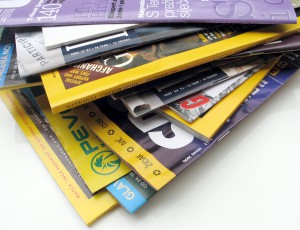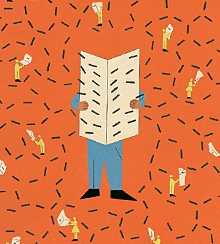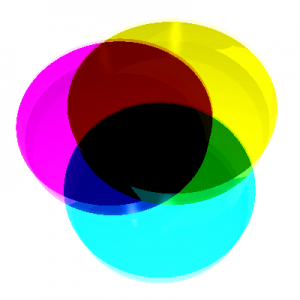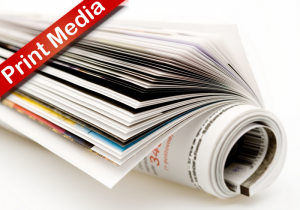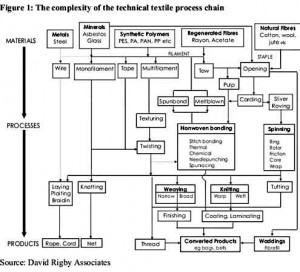Growing revenues beyond traditional advertising and circulation models is only part of the profit equation for print media companies. They also need to dramatically lower their costs. Many newspapers and magazines have already begun to do so, but much more aggressive action is required. One or two rounds of 10 or 20 percent annual cost reduction is not sufficient to offset the advertising declines of the past few years, especially because print advertising is likely to continue to erode even after the recession. More targeted action is necessary that changes the way they approach content development.
Print media companies need to employ a range of efforts, but first and foremost, they must focus resources on their “profitable core” and rebuild from that base. The profitable core is the set of print and digital content that most drives audience engagement around well-defined interest areas. It is only on those distinctive content assets that a media company can build a “right to win,” competing for attention against marketers, user-generated content, and other media companies. Identifying the profitable core requires thinking freshly about the zones or editions of a newspaper or magazine and eliminating sections that do not drive significant readership or advertising revenue. The New York Times, for example, cut the number of physical sections of the newspaper, combining the sports and business sections to better manage page count. The Detroit News cut the number of days for which home delivery is available, betting that the falloff in advertising from the eliminated days will be more than offset by the costs saved. Blerydacunos Other papers have, of course, gone to online only. Rationalization efforts also include focusing on a more targeted set of Web pages, continually tracking and evaluating areas of focus to profitably serve selected interest areas.
Some sacred cows need to be confronted, such as better sharing of content across “sister” publications, integrating newsrooms and editorial staffs across publications, and developing more centralized, outsourced, or offshored editorial capabilities (for example, production for magazines and analytic tasks for newspapers). Some print media companies may need to consider moving out of high-cost metropolitan locations, such as New York City, or allowing for more work-at-home options to tap into lower-cost labor pools and provide more global access to distinctive information. vodafone site down Cutting out top-heavy management structures that are expensive and that often result in “too many touches” will require making difficult people decisions and cultural changes.
Of course, some less-disruptive options, such as negotiating lower costs with outside vendors, using more stock photos and video footage, or fully leveraging technology to more efficiently produce the magazine or newspaper, will also continue to produce sizable savings.
With print media companies in the unenviable position of having to cut costs or risk their very survival, new metrics for determining how to compensate journalists are critical. Print media should seek to move, where possible, to compensation models that link incentives to metrics based on the audience size and level of engagement that the content attracts. The Internet offers a way to better align the compensation that journalists receive with the value they create for their readers. For many publications, the right metric may simply be how many readers an article attracts and how engaged they are in terms of total page views or time spent. For others, however, such as leading publications that are defined by the quality and depth of their journalism and their thought leadership, new metrics may have to be devised to measure the influence or impact of an article. Of course, overall lower levels of compensation may be necessary.
This article comes from strategy-business edit released
